Decorating your home is essential to making your living space feel welcoming, comfortable, and personalized, but it can come with a hefty price tag. While there are plenty of practical, money-saving decorating tips and styles, there are also a few pitfalls to avoid! This article focuses on 19 decorating errors that will instantly make your home look unrefined and tacky.
Mismatched Furniture
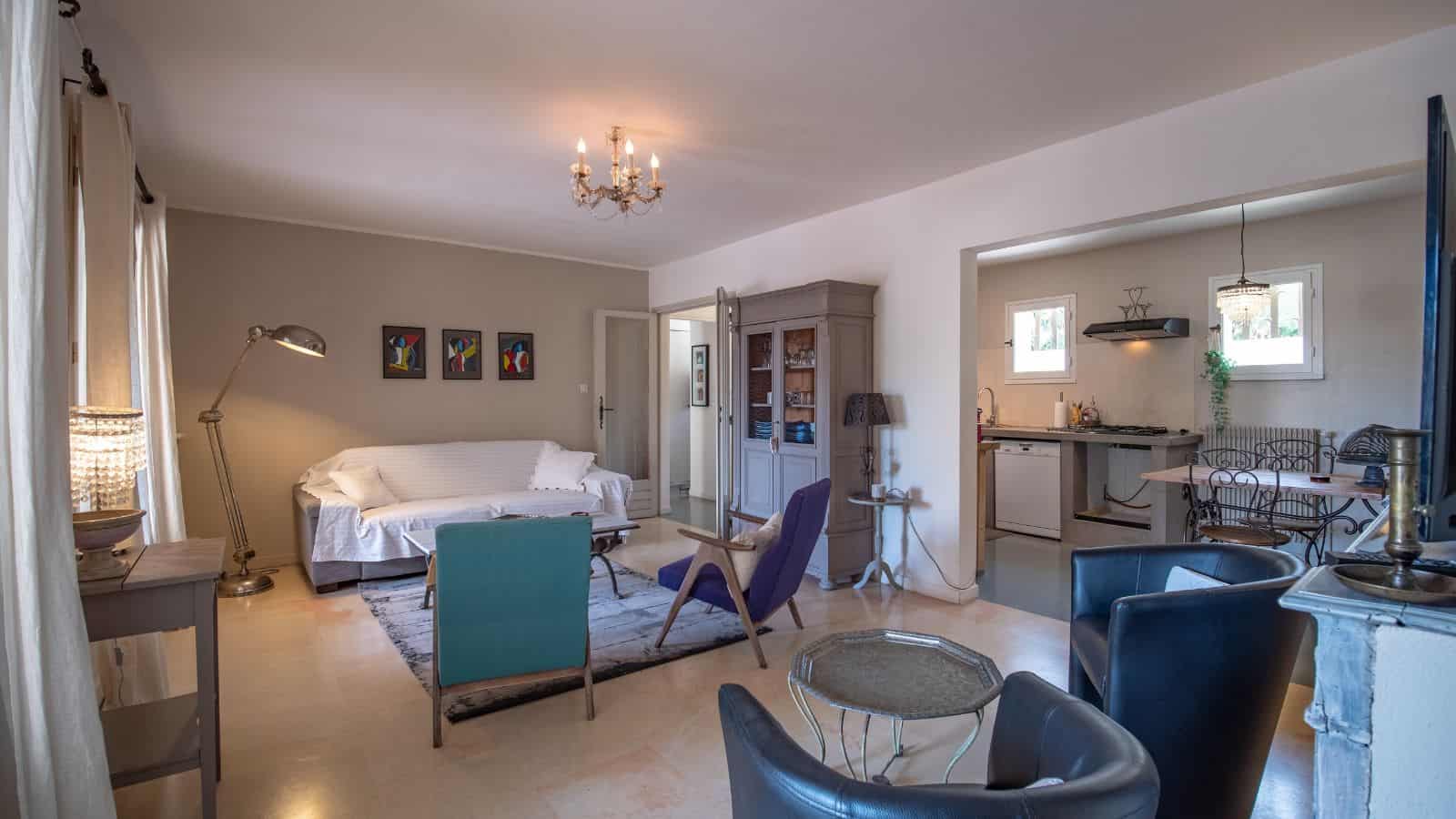
There’s nothing wrong with a statement armchair or a unique coffee table, but don’t choose a mishmash of furniture styles from different time periods. This will make your home look disjointed and cluttered. Instead, invest in fewer complementary pieces, even if you have to buy them gradually. This will ensure your living space doesn’t look like a Goodwill furniture sale!
Poor Lighting
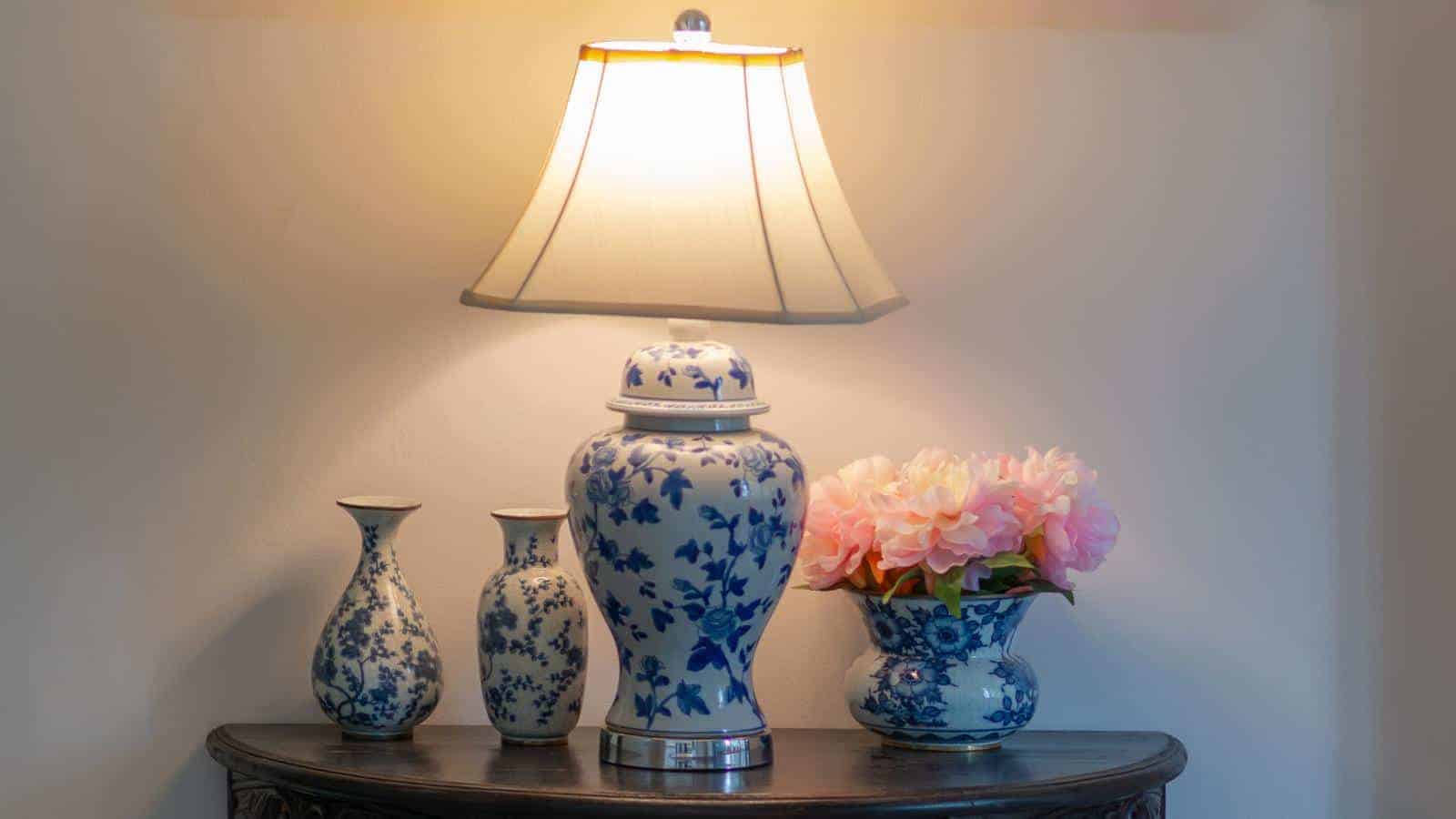
Family Handyman warns that lighting shouldn’t be too bright and harsh, especially not in rooms designed for relaxing, sleeping, or eating. Avoid white bulbs or strip lights whenever possible. Also, try to avoid minimal lighting, which can make a room look dim and cave-like! Use a variety of different light sources, like table lamps, floor lamps, and sconces, and consider investing in dimmer switches.
Neglecting Wall Space

Few people want to live in a museum of wall clutter, but leaving your walls clinically bare can make your home look sterile and unfinished. Choose a few high-quality artworks or beloved photographs without overcrowding the walls, or create a focal point with paint or shelving. Make sure you space out your wall décor with something adorning each vertical space.
Ignoring Proportion
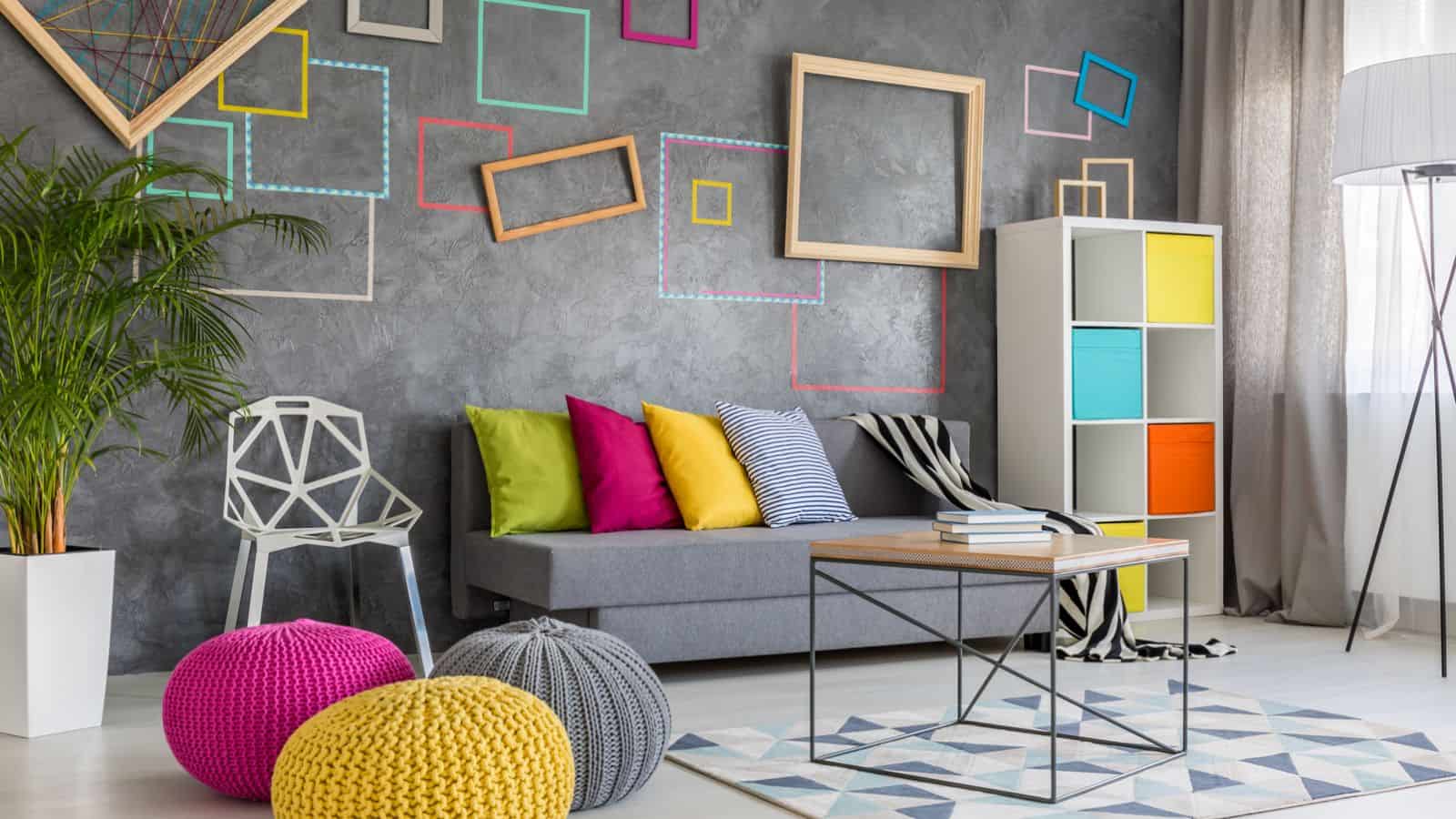
If you have a small space, you can’t cram it full of oversized furniture, no matter how much you love that gigantic sofa! Furniture that’s too small or too large for your rooms will make your home impractical, uncomfortable, and cramped. Measure any new furniture beforehand and consider what is appropriate for your home rather than just choosing your favorite style.
Cheap-Looking Materials

Sticking to your budget is essential, but try not to settle for the poorest quality materials, especially in highly visible areas. Flimsy, cheap-looking materials like particle board, thin fabrics, and veneers can make your home look tacky and uninviting. Instead, focus on one room at a time and try to save money in other ways, like purchasing high-quality second-hand furniture.
No Color Harmony

According to Tom’s Guide, the biggest color mistake you can make in your home is using too many bold, clashing colors—creating a chaotic visual nightmare! Although vibrant colors are great if you like them, only ever use one. Try to follow the “60-30-10 rule,” where 60% of the space is a dominant color, 30% is a secondary color, and 10% is an accent color.
Forgetting Texture
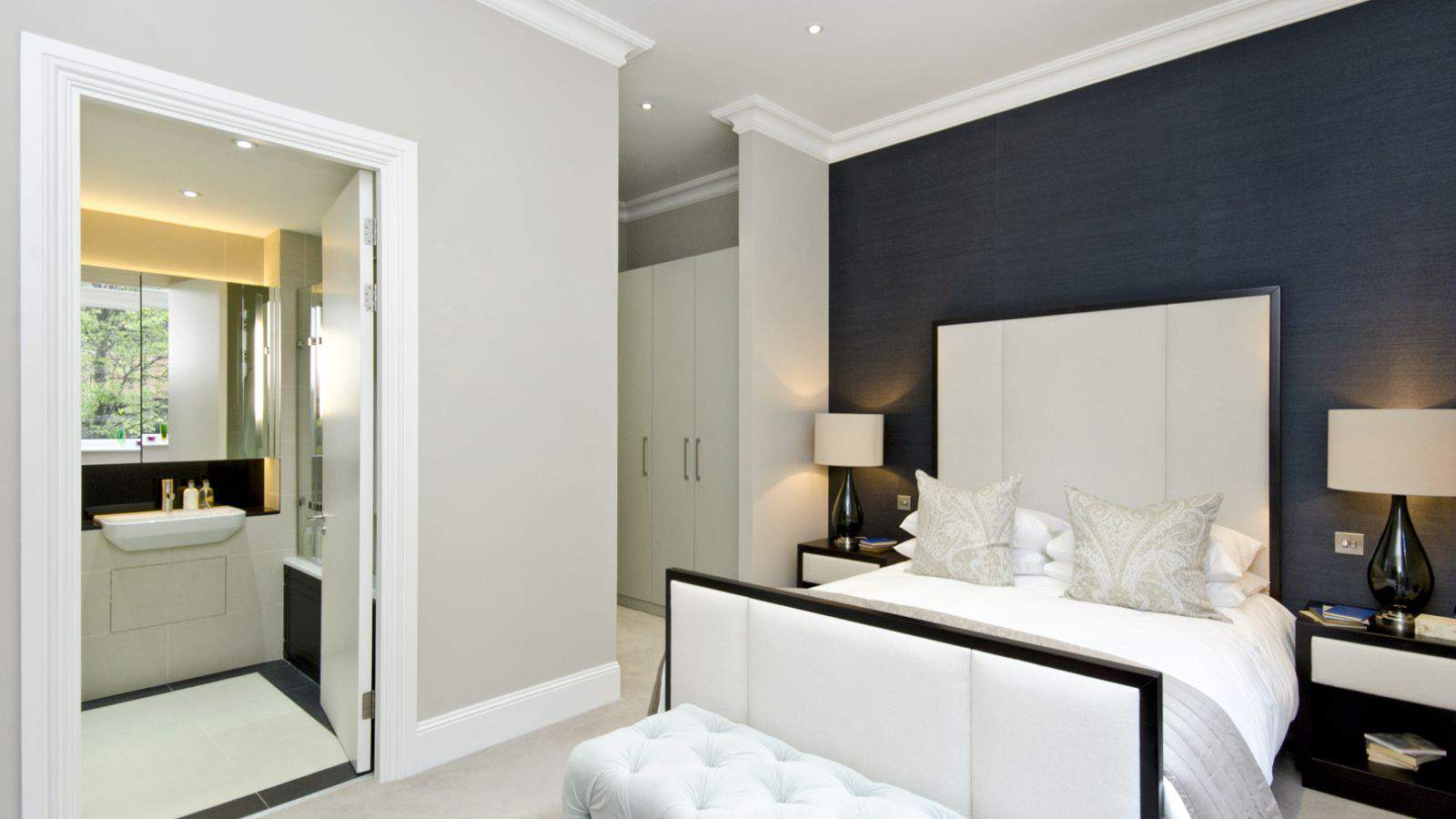
It’s not something novice home decorators often think about, but it’s important to give your rooms ‘texture.’ A room of only smooth textures will feel flat and monotonous, so make sure you add some more interesting textural elements, like woven throws, velvet pillows, chunky knit blankets, or natural materials like wood and stone, which are naturally rough.
Inappropriate Rugs
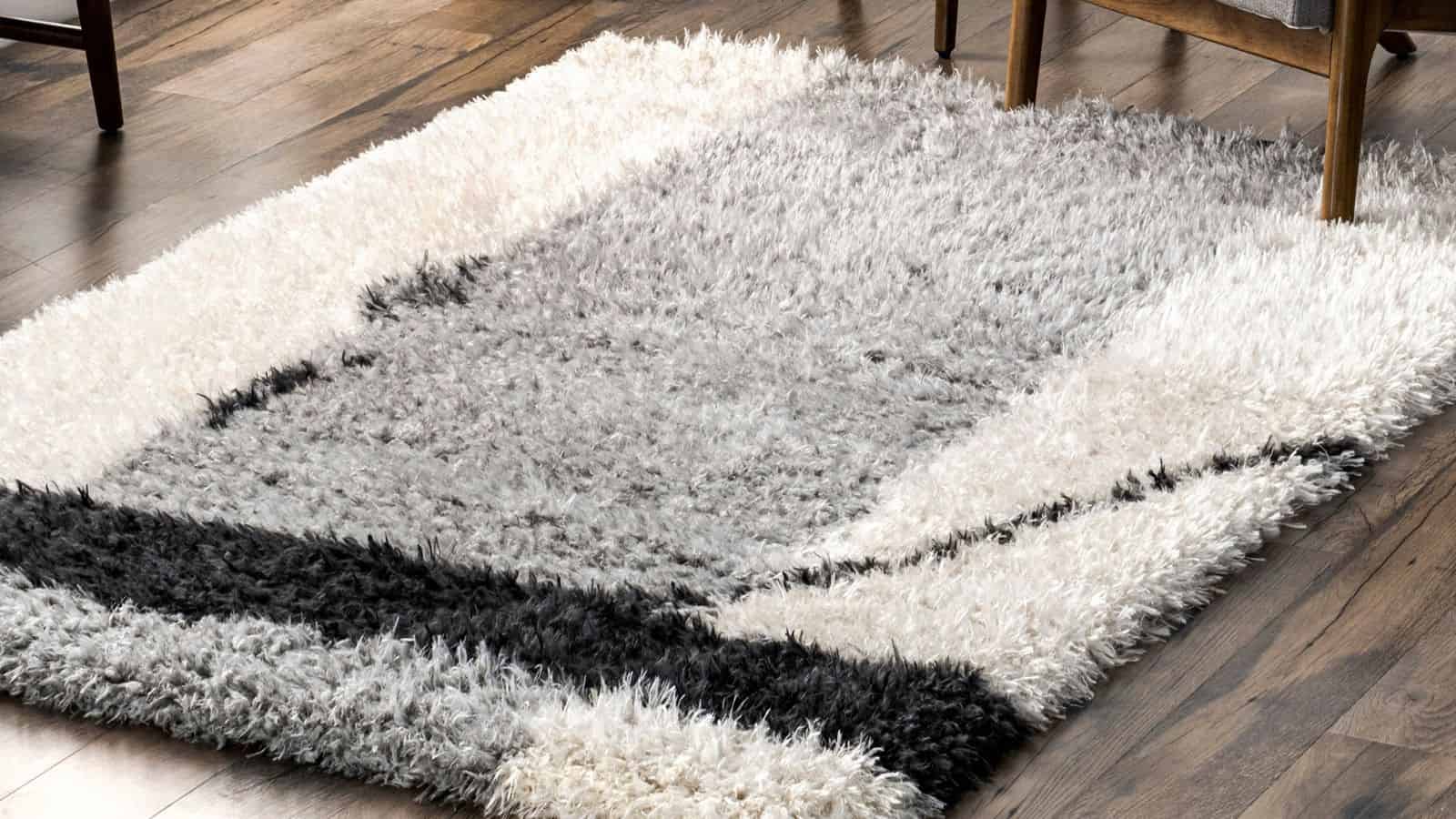
The size, style, and location of your rugs are crucial, and getting them wrong can make your room look disconnected, overwhelmed, or unappealing. Always choose a rug that complements the color scheme and time period of your other décor, and avoid rugs that are too large or small for your space. Try to arrange your furniture so the legs of settees and sofas sit on the rug to define the seating area.
Ignoring Negative Space
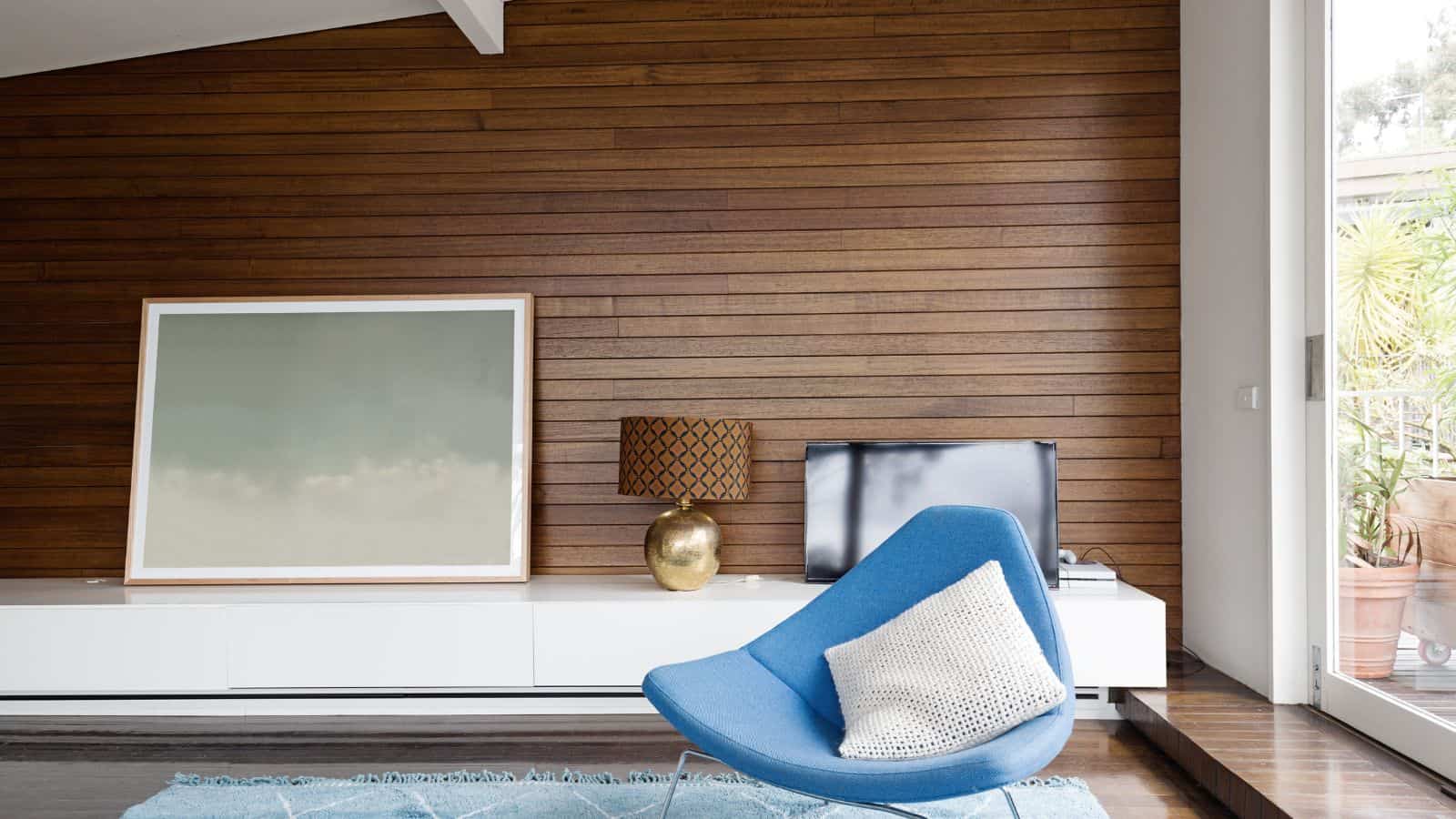
Don’t be afraid to leave some space empty or free from decoration, and avoid cramming every spare inch with trinkets, textiles, or photographs. So-called ‘negative space’ is just as crucial as statement walls and furniture, so let these dominant aspects of your décor stand out amongst a more muted background. Otherwise, your home will feel swamped and overwhelming.
Overlooking Details
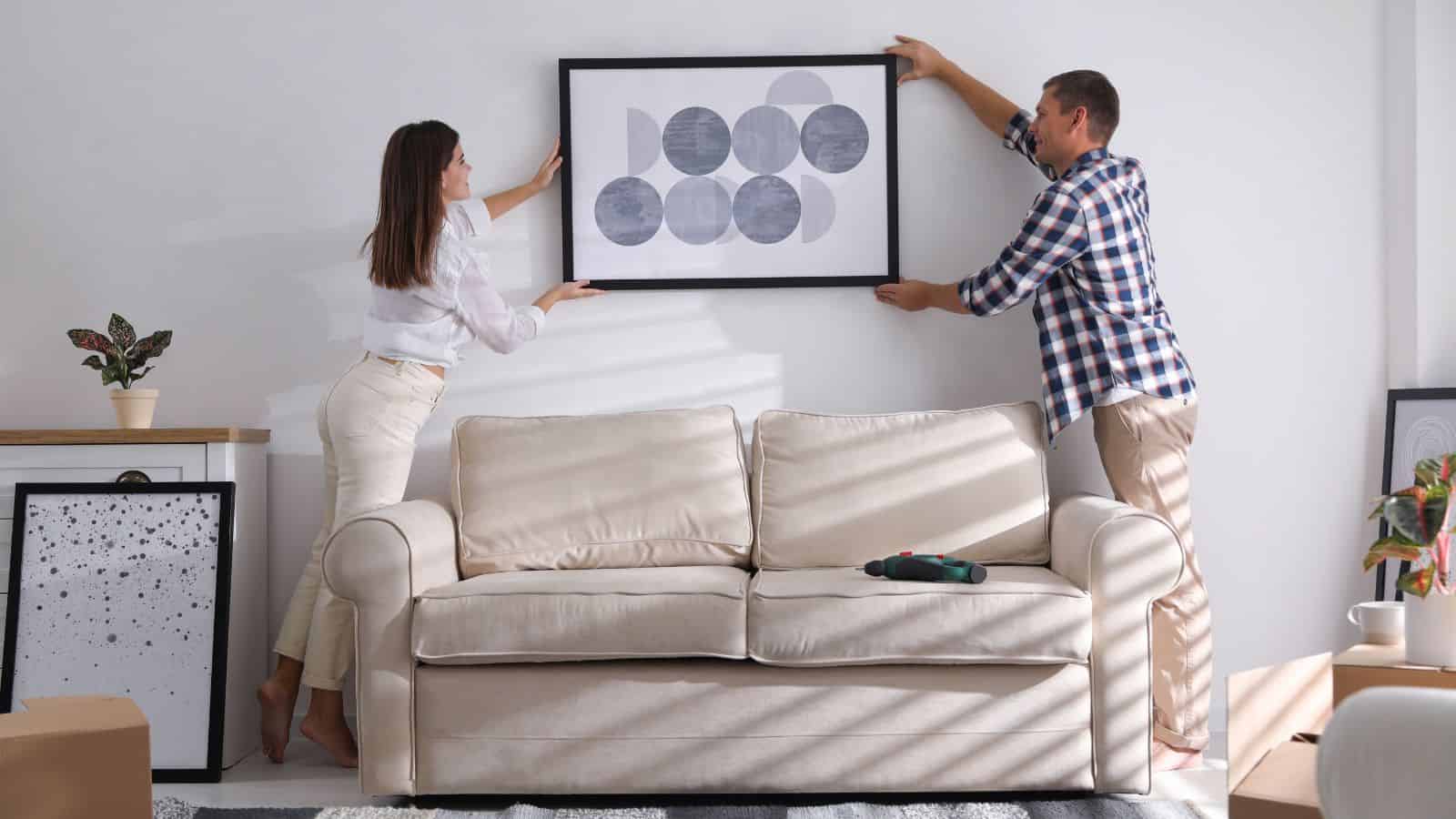
You may think that small things don’t matter, but tiny decorative details can really make a difference, particularly when you view your home as a whole. Don’t let things like mismatched hardware, broken picture frames, or incomplete DIY projects detract from the ‘polished’ feel your décor should project. Take the time and effort to decorate properly and pay attention to small details.
Forgetting Plants
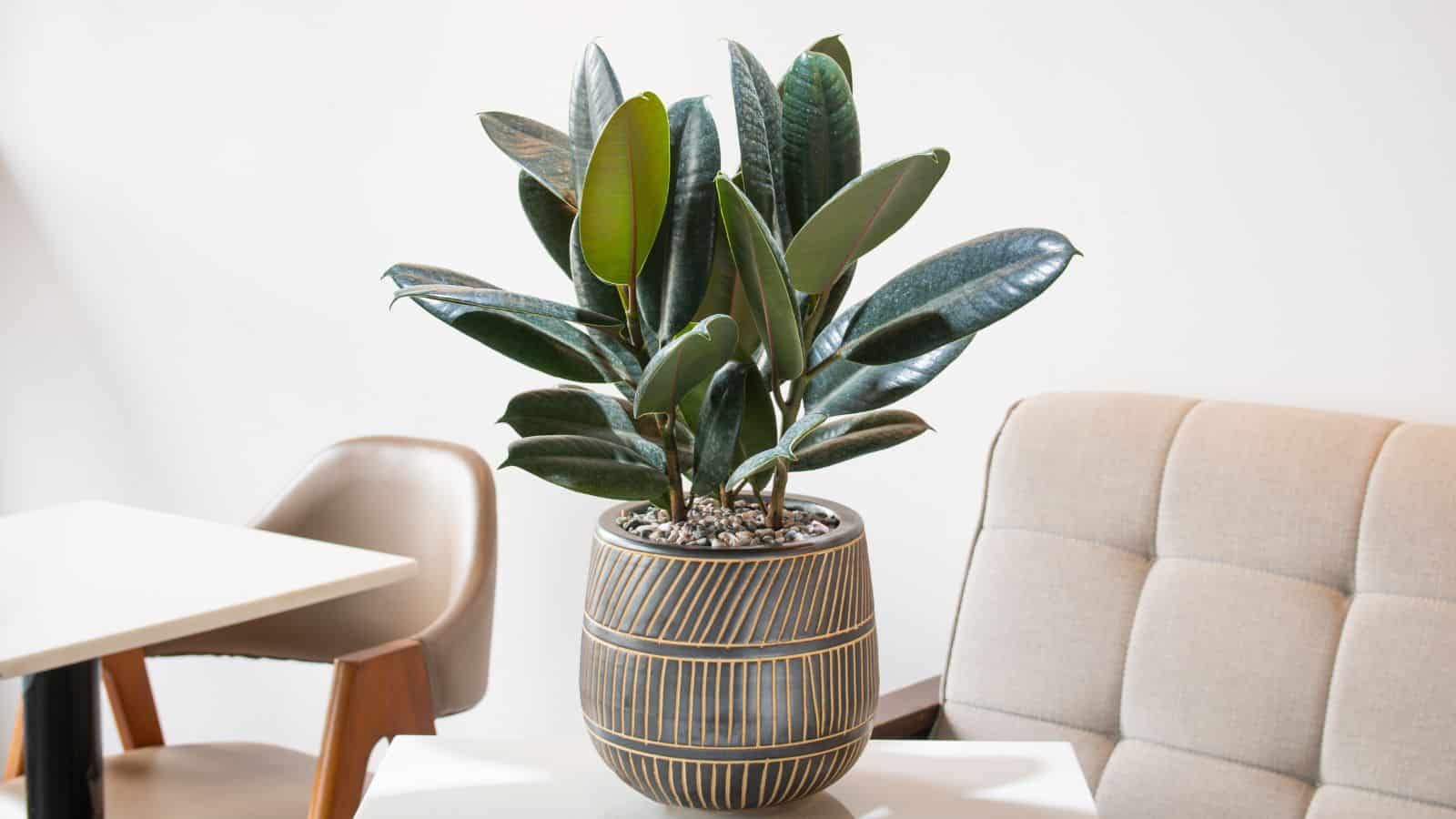
A lack of greenery can make even the most vibrant space look lifeless, so always include some low-maintenance house plants in your design. Decor Matters asserts that plants not only liven up your home’s appearance; they also improve air quality, remove pollutants, and can even boost your mental health! If you don’t have much time for watering, choose hardy species like cactuses.
Too Many Pillows
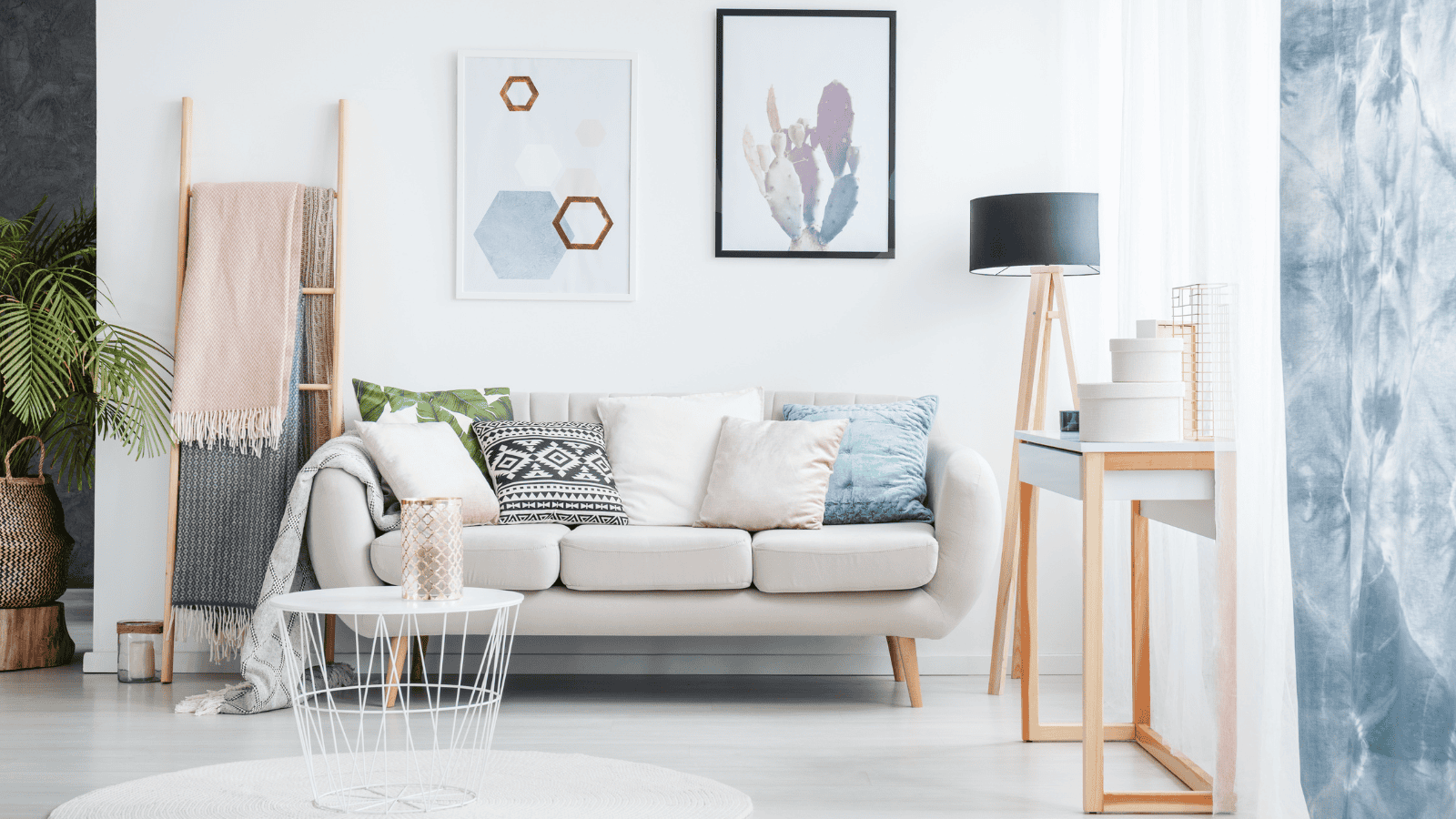
It’s a stereotypically female trait, but many people make the mistake of overusing throw pillows. Too many similar pillows make your settee look monotonous, while a variety of patterns, colors, and fabrics can be visually noisy. Either way, you’ll spend more time moving, replacing, and rearranging them than relaxing! Limit yourself to 2–3 on a chair or loveseat and 3–4 on a sofa.
Ignoring Natural Light
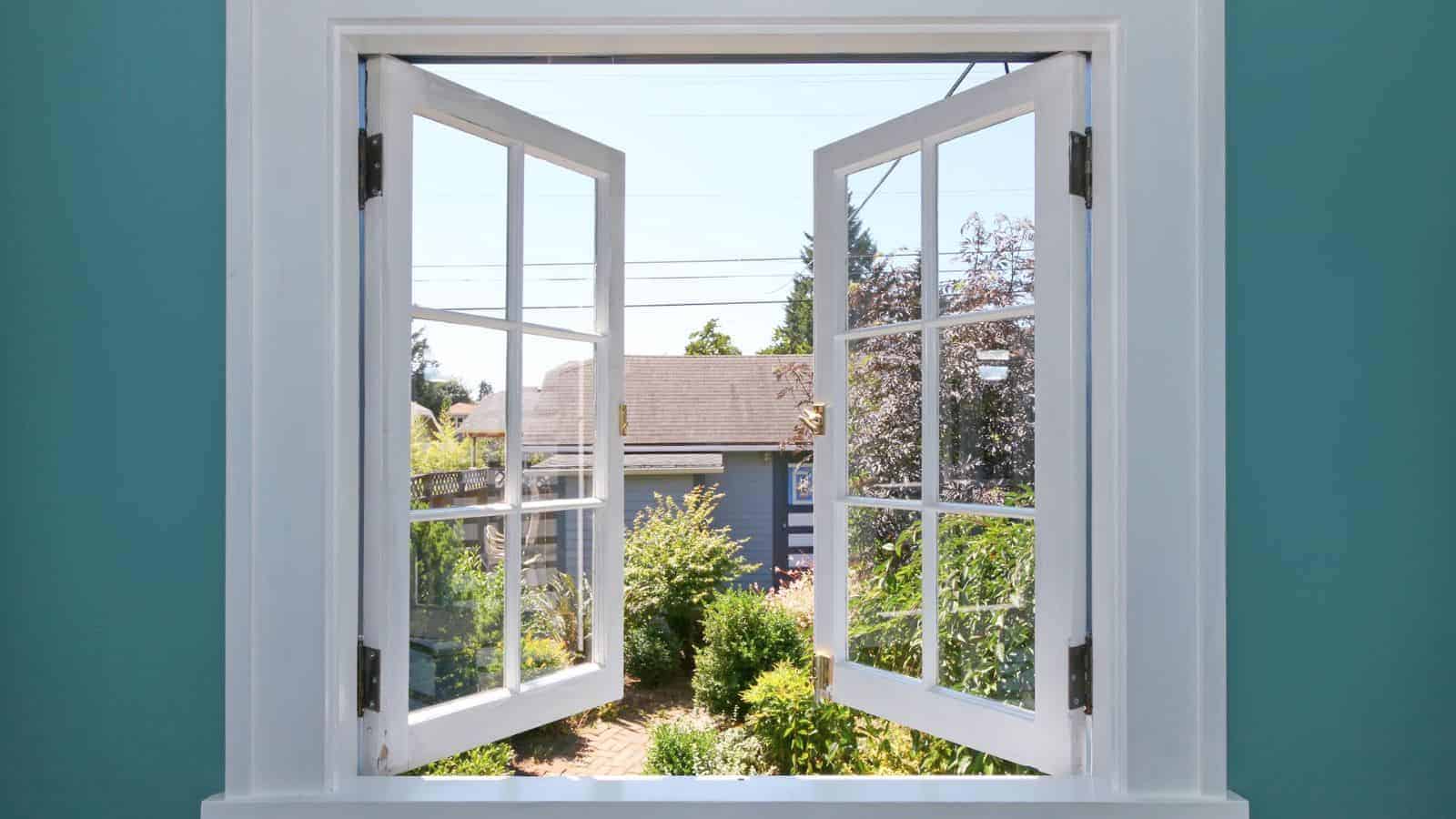
Most homes are more energy efficient and inviting if you optimize the natural light in each room. Don’t block out windows or screen doors with heavy curtains or furniture, as this can make a room feel dark and gloomy. Unless you require absolute darkness during daylight hours, opt for sheer curtains and consider incorporating mirrors to reflect natural light in darker rooms.
Neglecting Personal Style
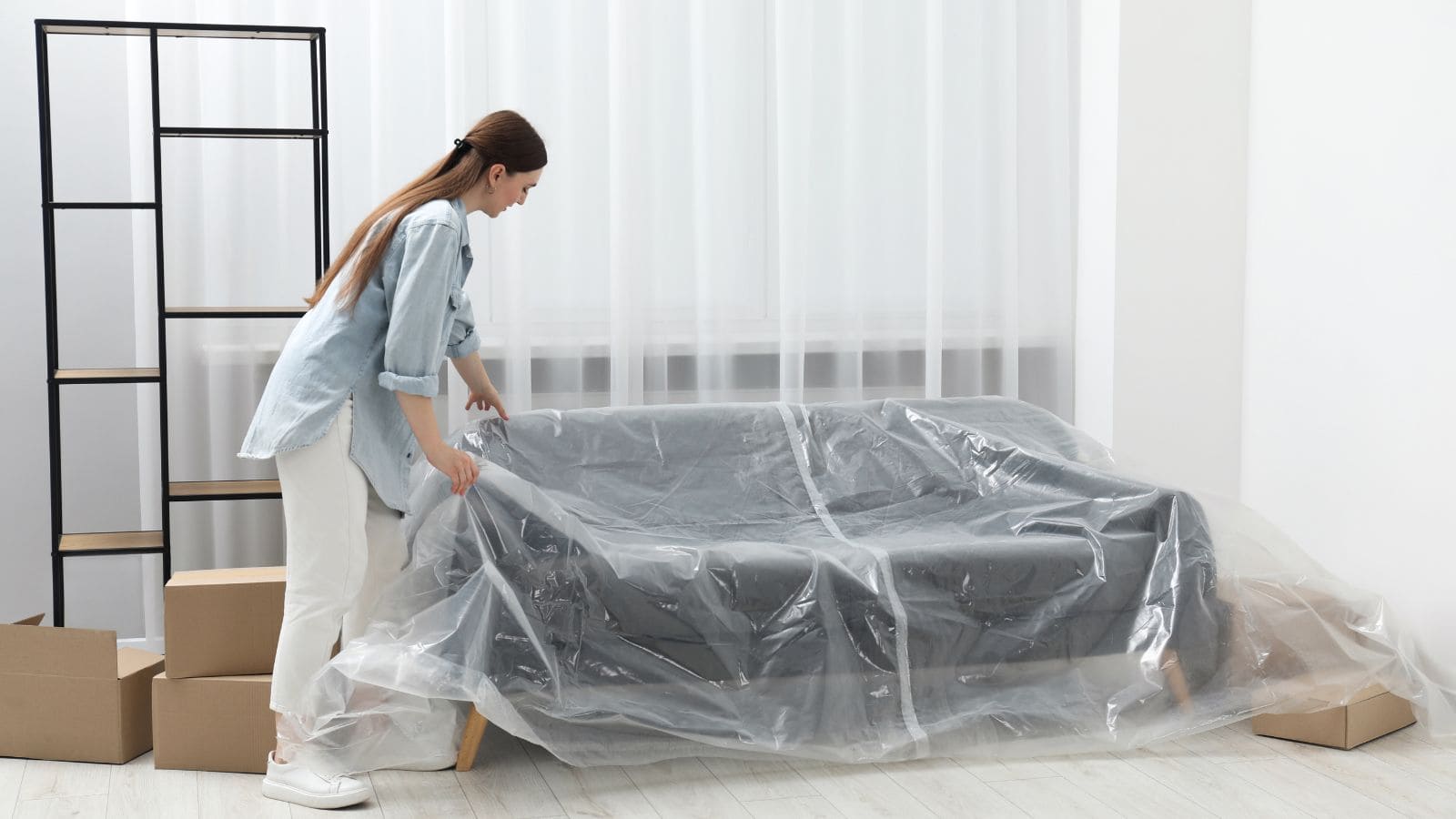
A cluttered, over-personalized space can be hectic and impractical, but avoid going the other way and turning your home into a sterile and generic environment. Let your interests, lifestyle, and personality shine through, albeit in a reserved fashion! Incorporate pieces that reflect who you are without going overboard, like sentimental artwork, family photos, and favorite colors.
Intense Themes
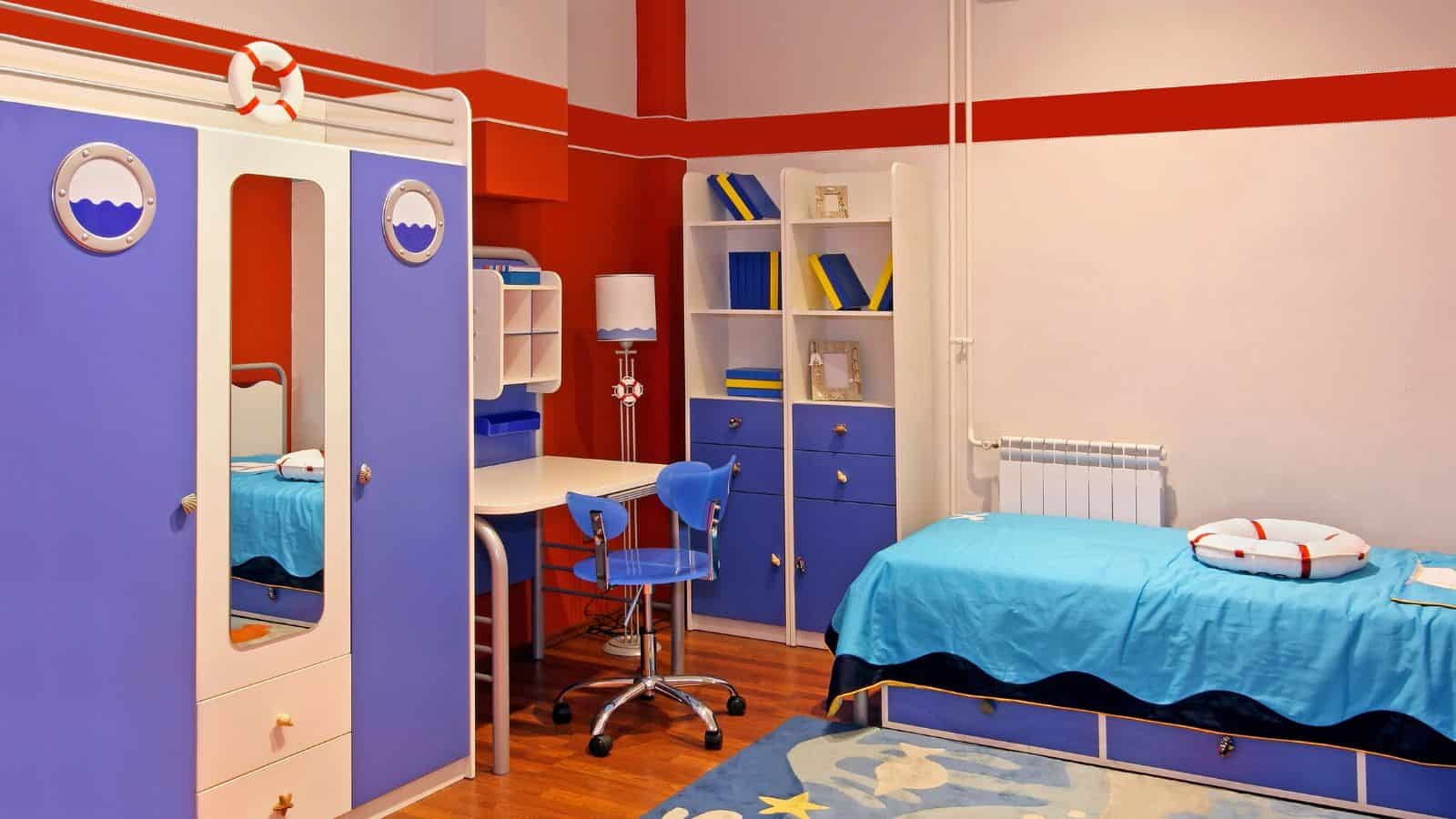
We’ve all seen one or two sea-themed bathrooms, and these can be tasteful and pleasant if a light touch is used. However, you should avoid going ‘all out’ with a heavy theme like jungle animals or specific movies, as these can be jarring and intense. Try to incorporate elements of your favorite themes without turning your home into a tacky theme park ride or attraction!
Forgetting Functionality
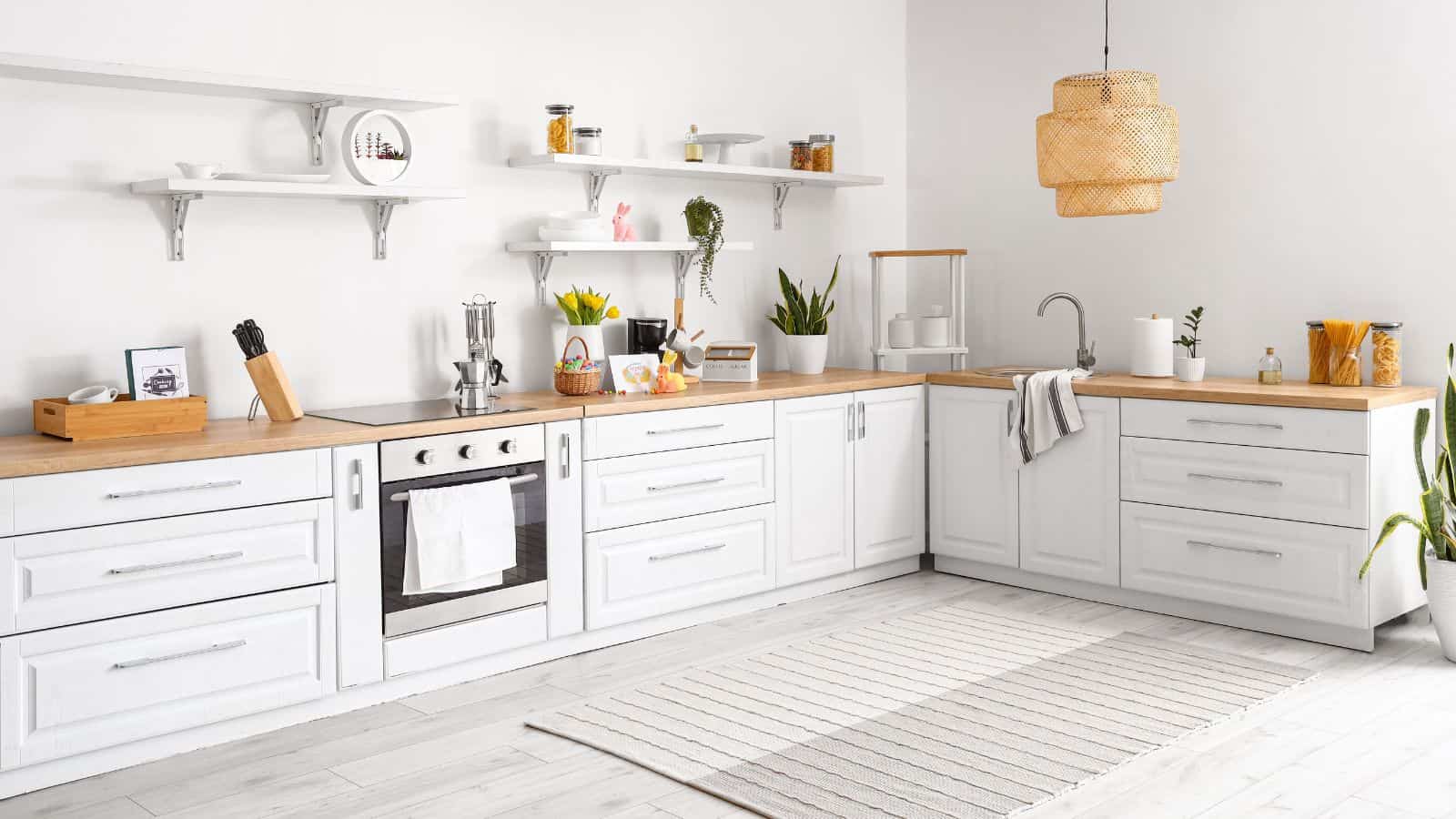
A beautifully decorated space is all well and good if all you want to do is take photos of it, but what about the demands of daily life? Always factor in your lifestyle, pets, and other family members when making décor decisions, and avoid choosing style over practicality. Real Homes warns that this is especially important in places like entranceways, bathrooms, and kitchens.
DIY Disasters

‘Doing it yourself’ can be a rewarding and budget-friendly way to improve your home, but take care of which projects you take on and always ensure you have the necessary skills, tools, and materials to complete the work correctly. Poorly executed attempts will make your home look tacky and unfinished, so be honest with yourself and know when to call in the professionals!
Forgetting the Finishing Touches
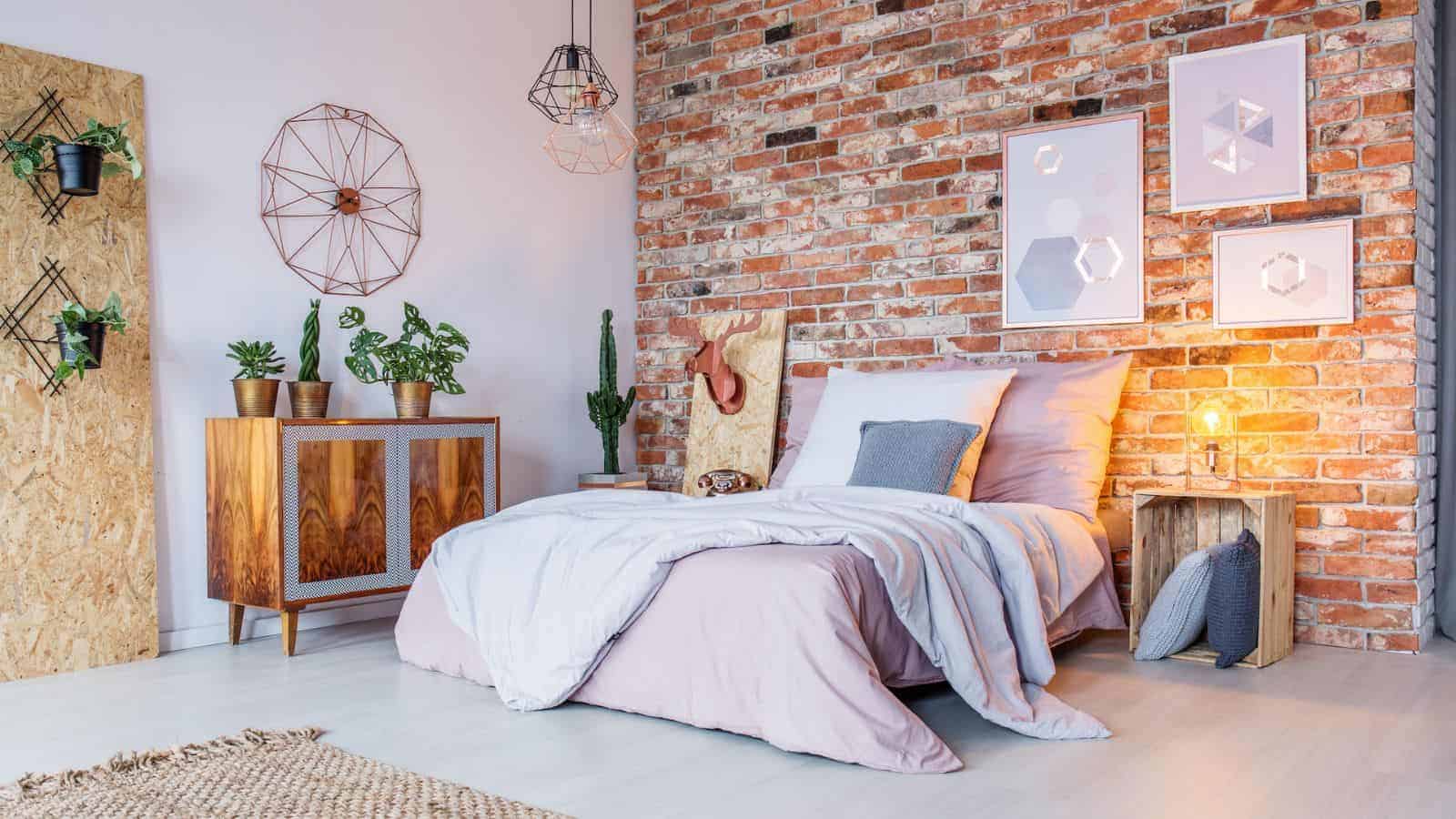
Every room (even practical ones) needs finishing touches to make it feel complete and welcoming. These can include visual elements like artwork, ornaments, and photographs, comfortable additions (throws, pillows, etc.), and even other sensory extras like scented candles and soft-touch rugs. These finishing touches combine to truly make your house into a home!
Religiously Following Trends
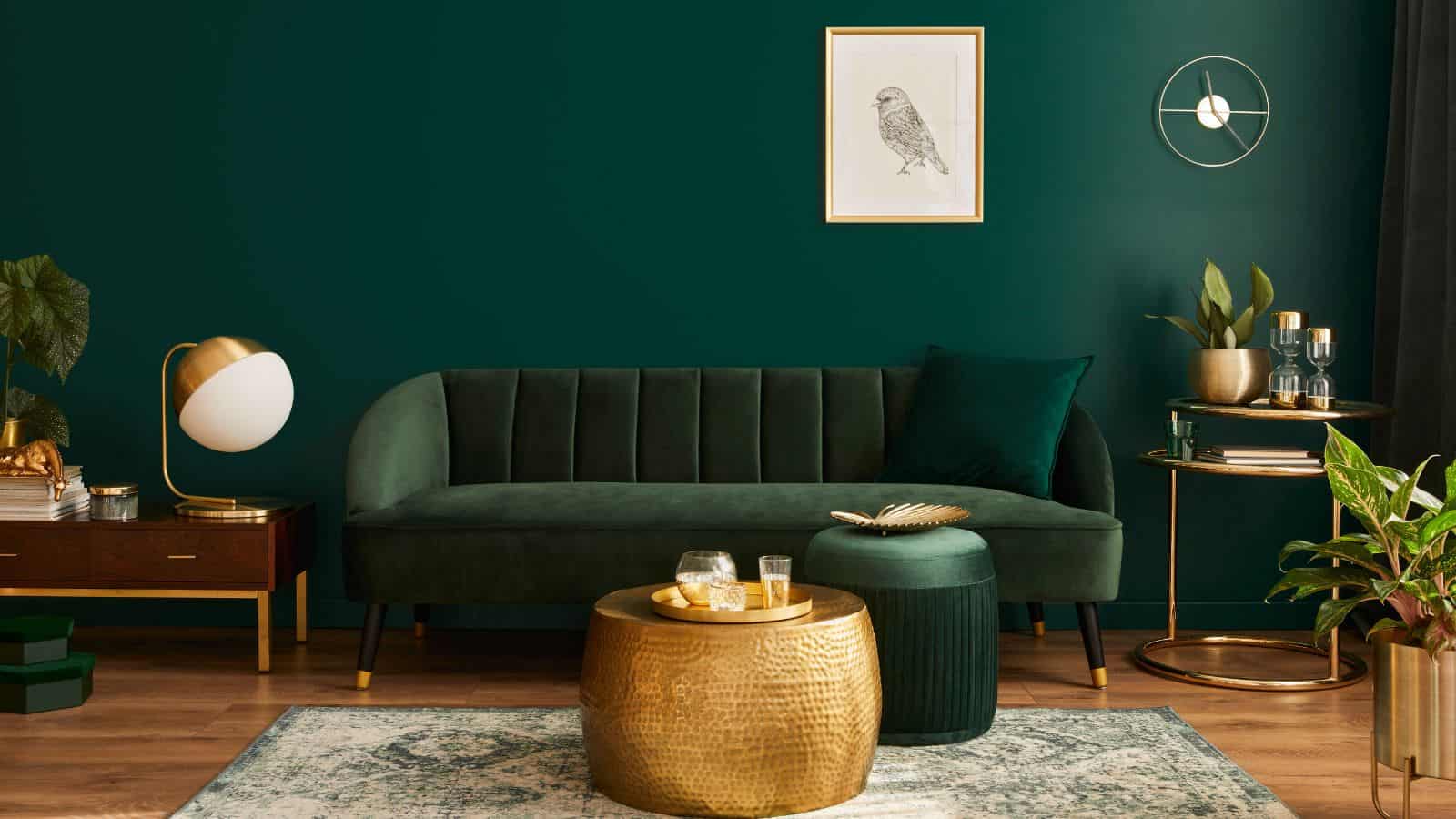
Current design trends can provide some excellent inspiration for your home and help you utilize your space effectively. However, be aware that not all design approaches suit every home and that you don’t need to incorporate every element of the latest décor trends into your space. Consider what is practical and affordable for your rooms, and don’t simply follow the crowd.
Up Next: 18 Worrying Facts About Life in Medieval Times

The Middle Ages, also known as the medieval period, lasted from 500 AD to 1500 AD and is usually subdivided into the Early, High, and Late Middle Ages. Life in the medieval period was often brutal, with gruesome punishments, wars, and plagues. Here are 18 terrifying facts about life in the medieval period.
18 Worrying Facts About Life in Medieval Times
19 Easy Ways to Fall Back Asleep After Waking Up in the Middle of the Night

We’ve all been there—it’s dark, quiet, and you’re tired, but you’re still constantly tossing and turning, only to finally fall asleep minutes before the alarm goes off! Waking up throughout the night isn’t just frustrating; it also seriously impacts your energy levels. This article focuses on 19 scientifically proven methods that may help you drift back off more easily.
19 Easy Ways to Fall Back Asleep After Waking Up in the Middle of the Night
17 Things That Are Too Woke For Boomers

Our society is so different from what it was decades ago, and boomers don’t like much of what everyone considers normal in today’s society. In this light, here are 17 things about ‘woke culture’ that particularly make boomers uncomfortable.
